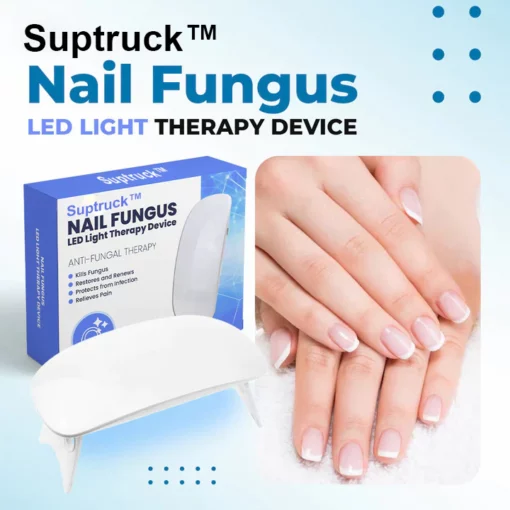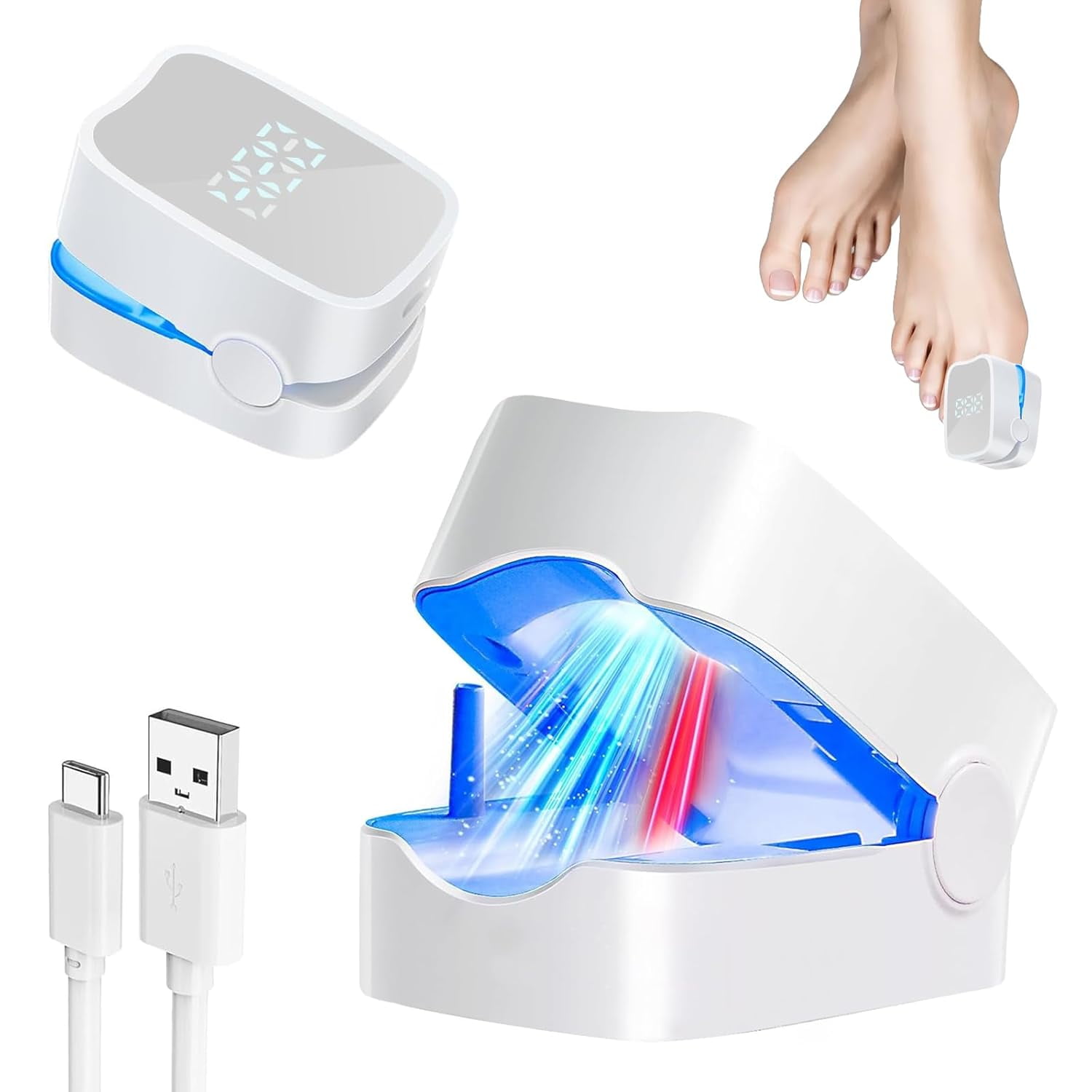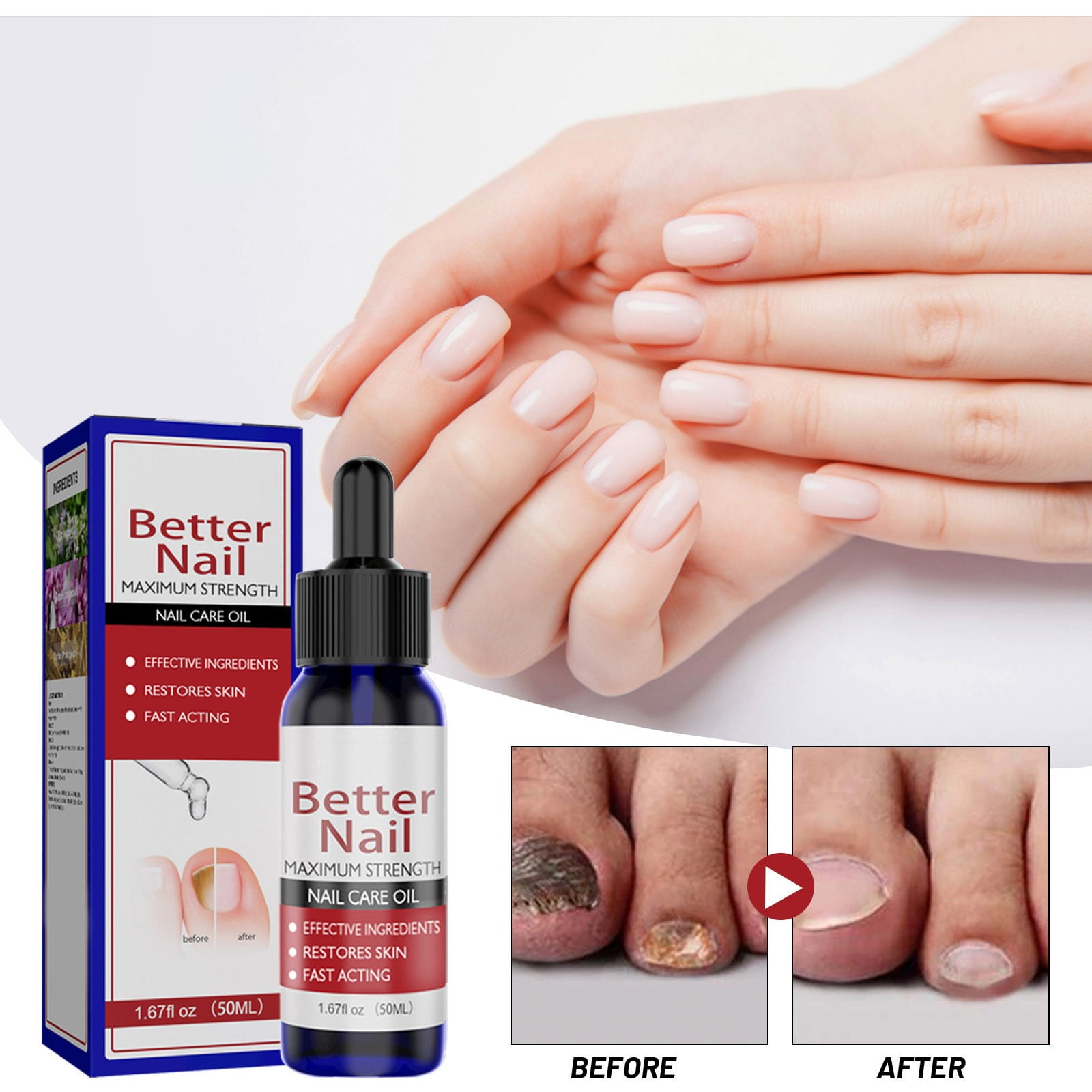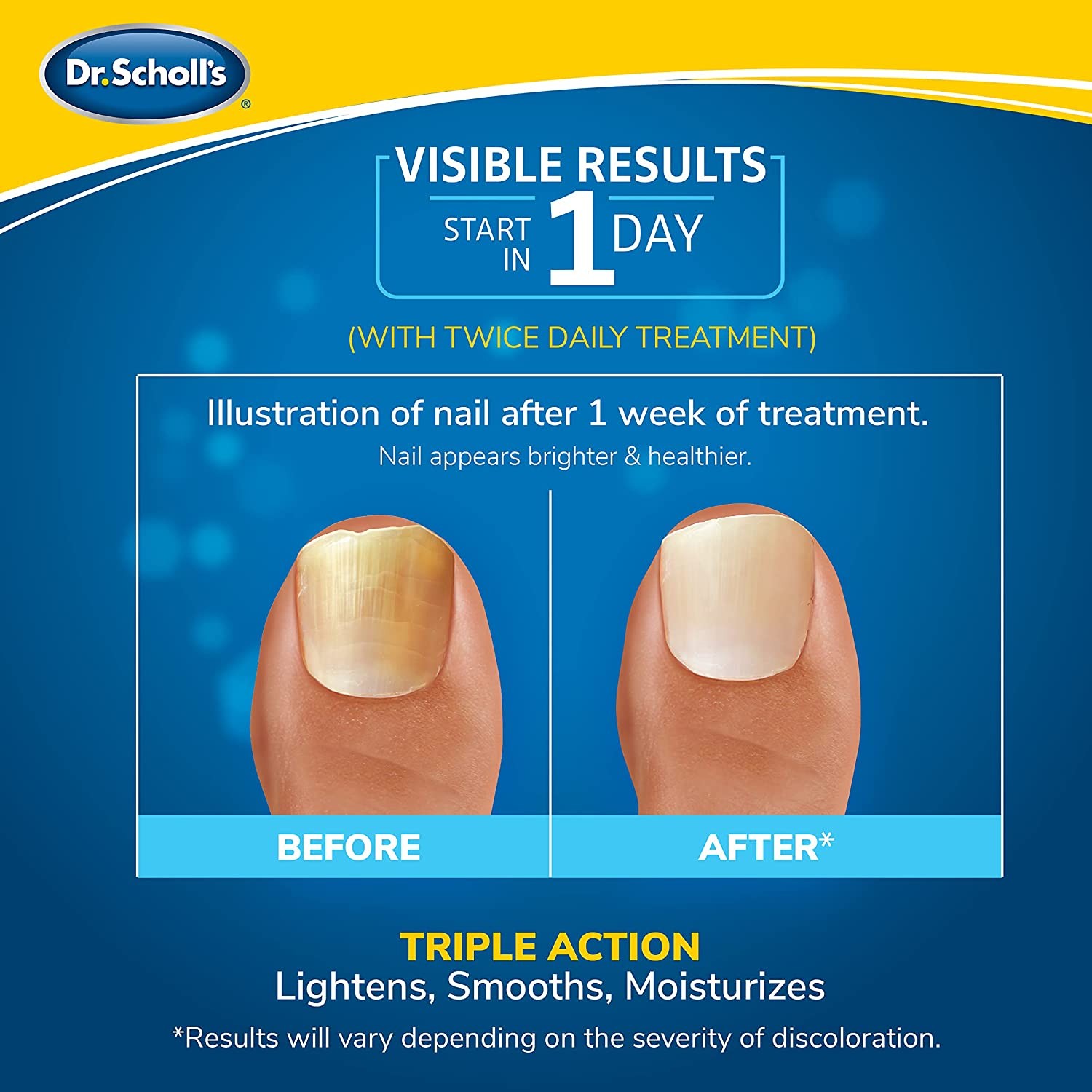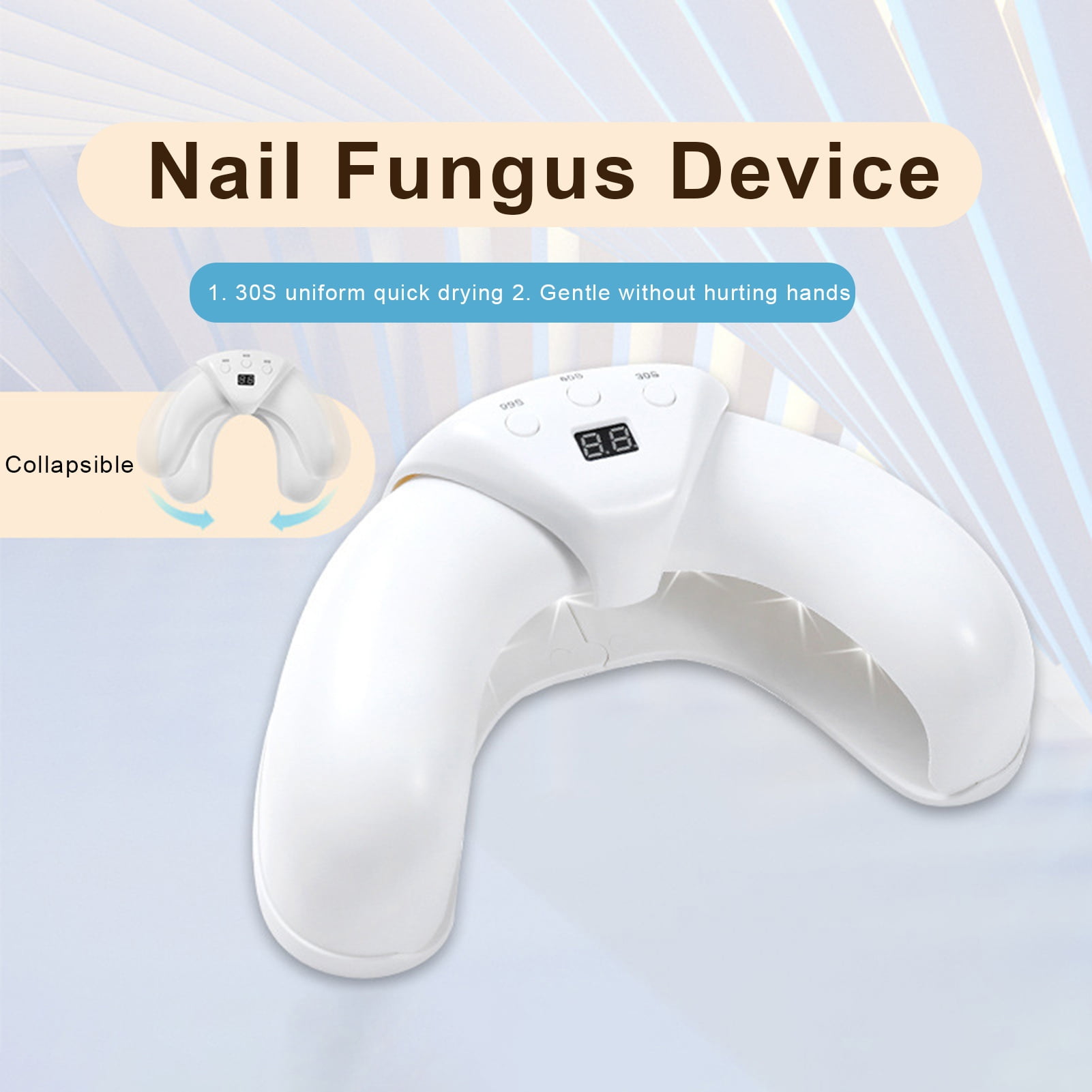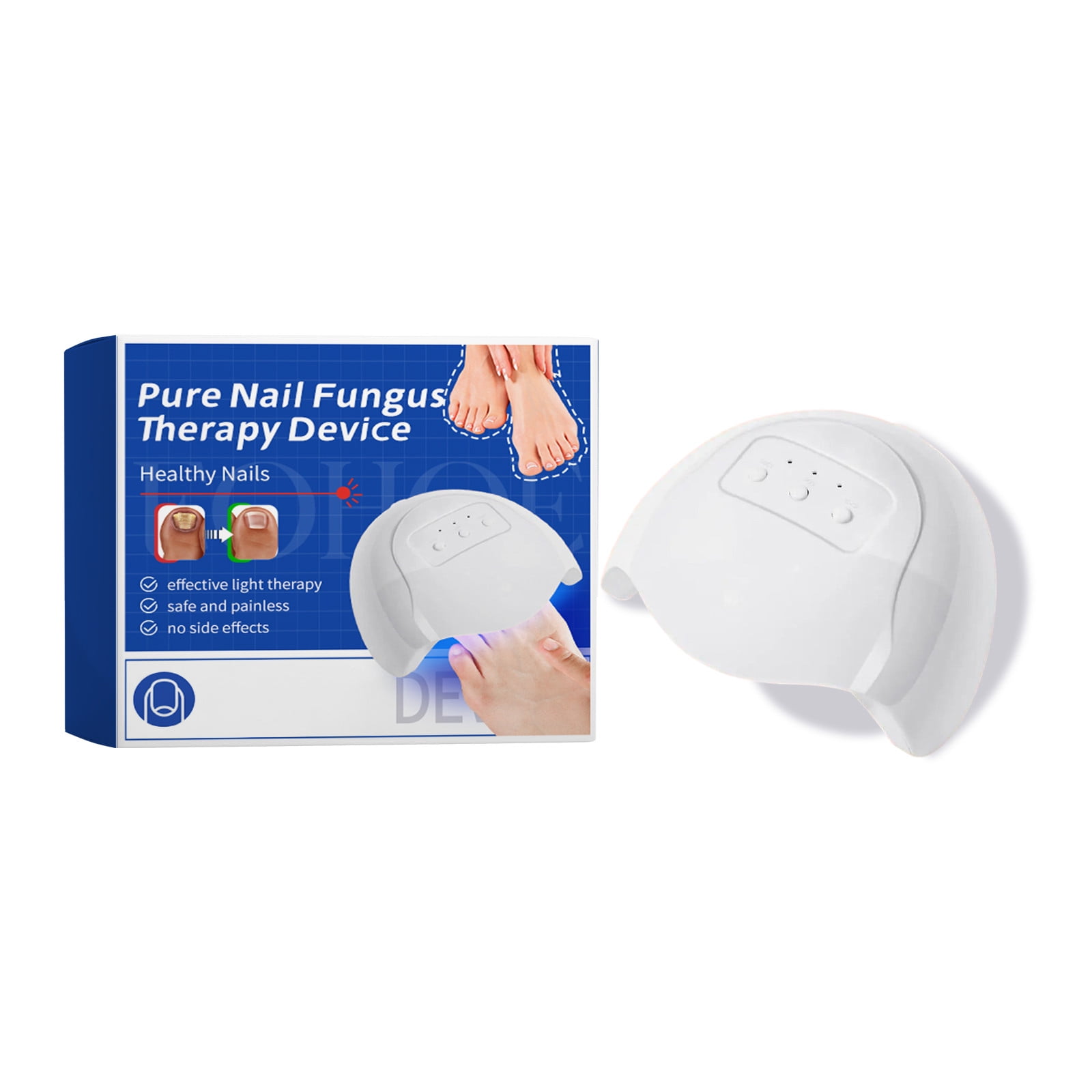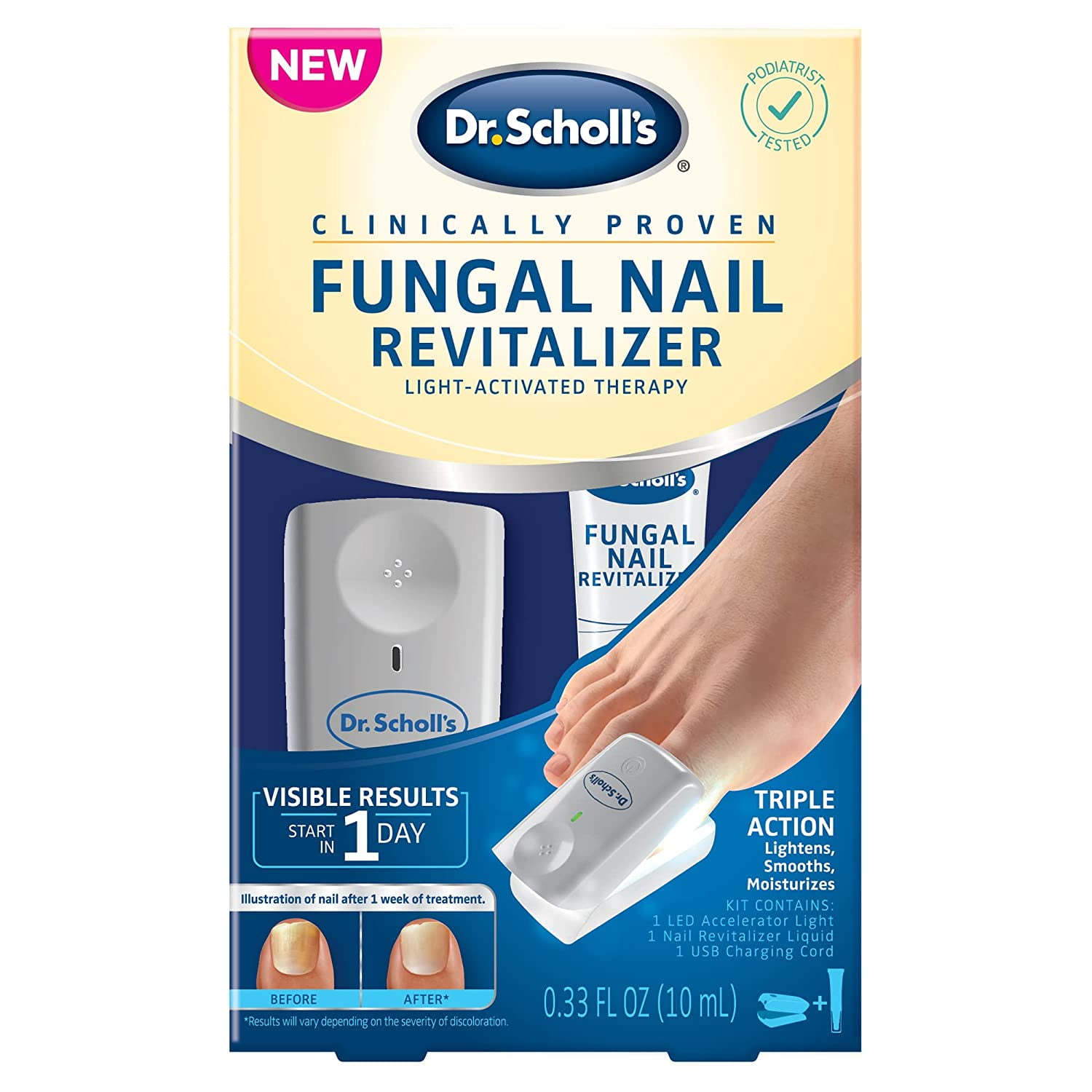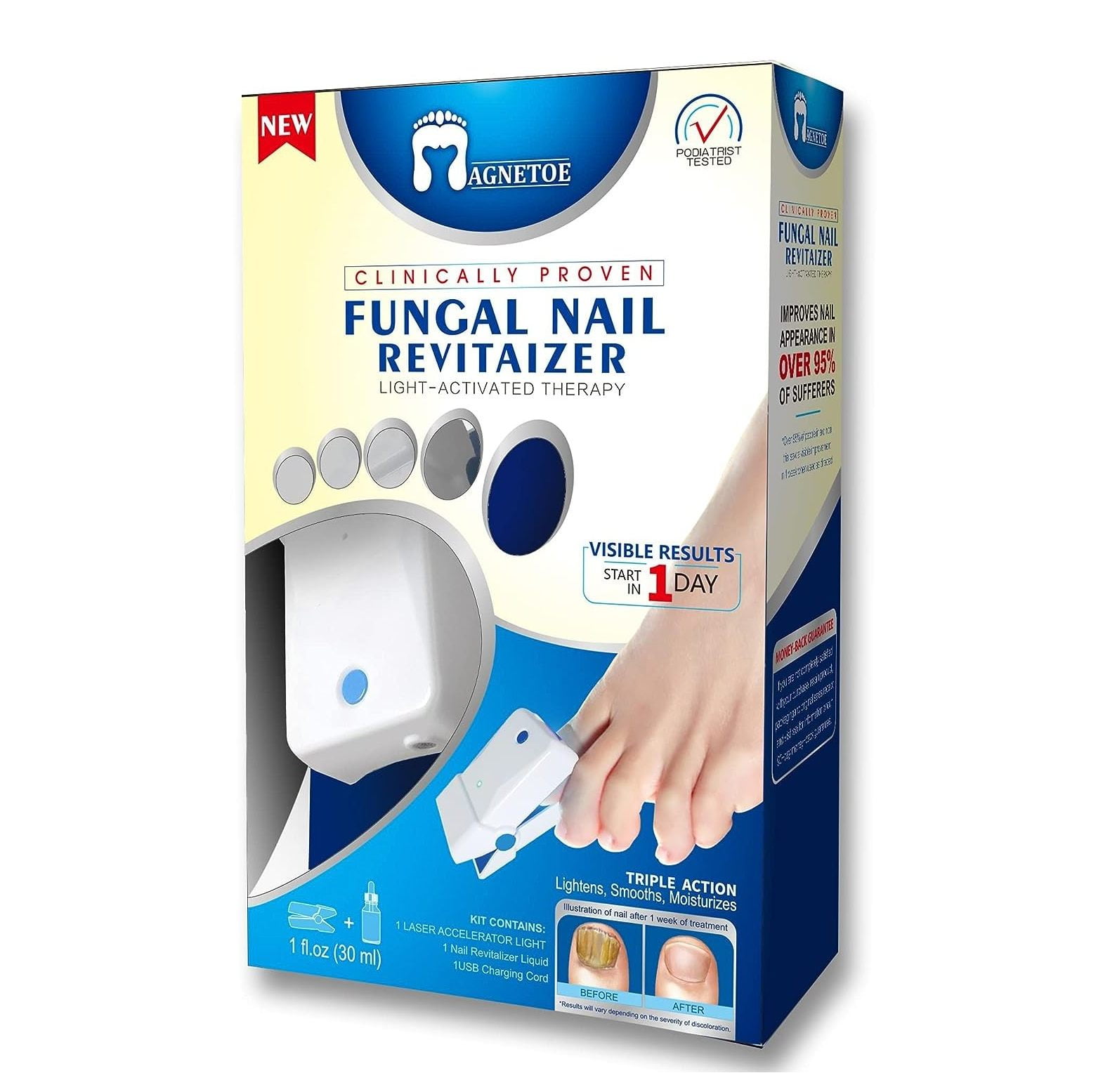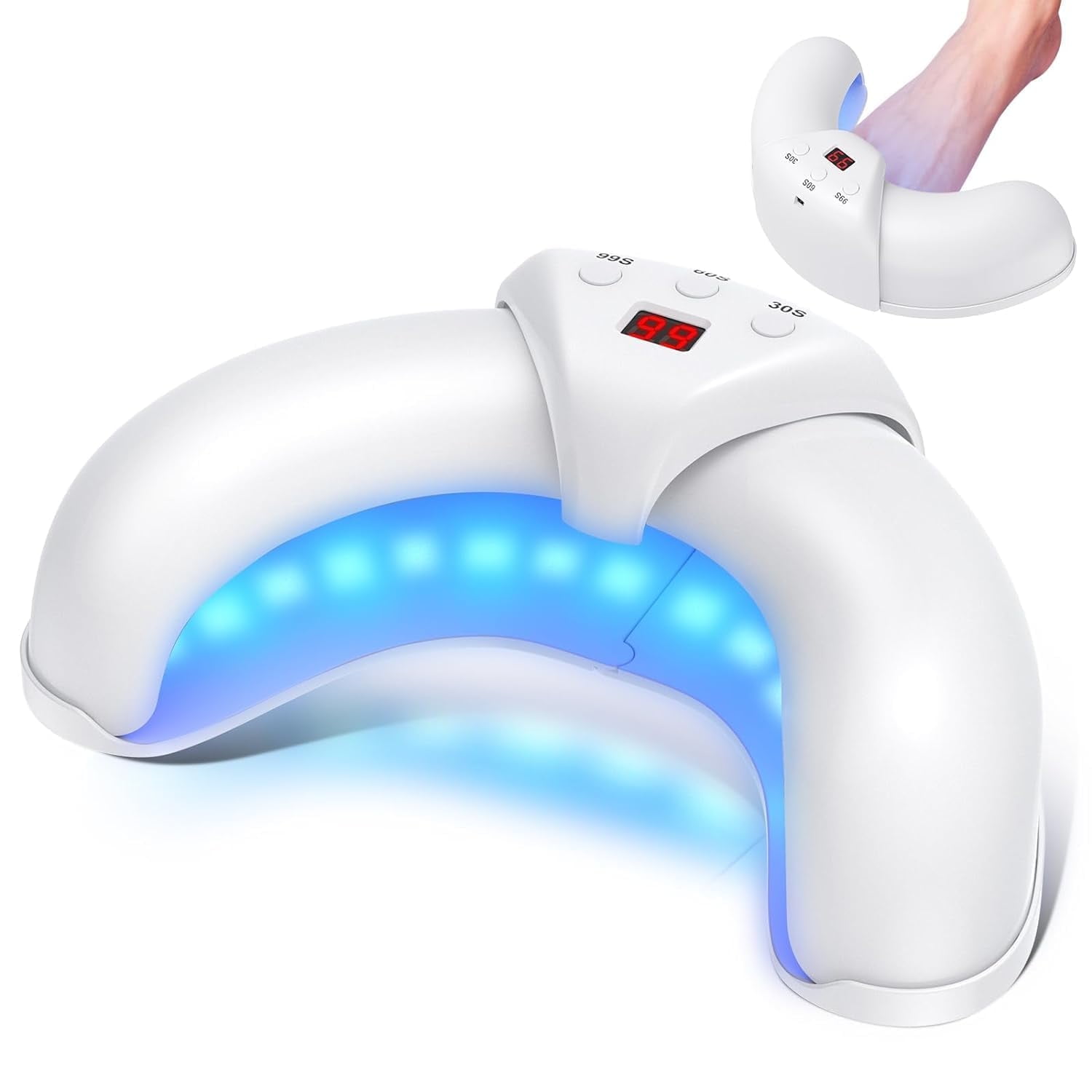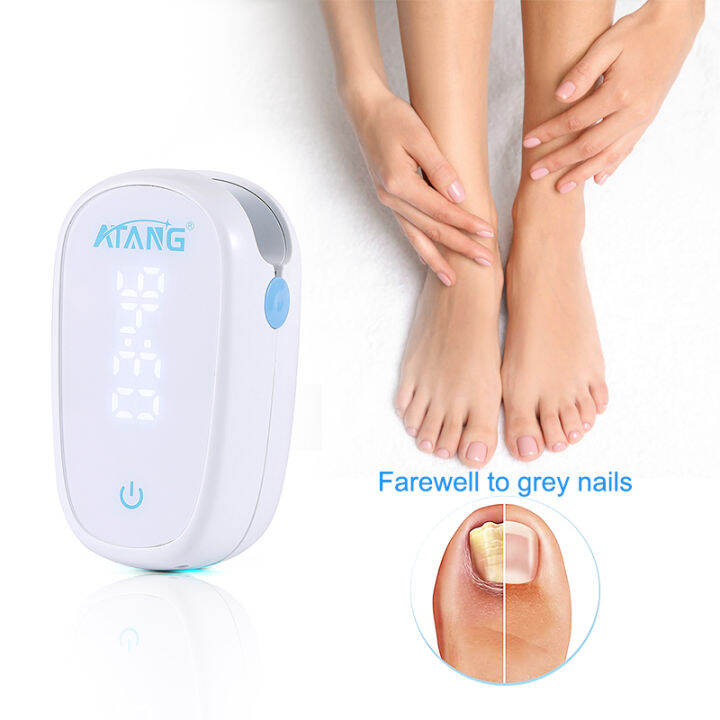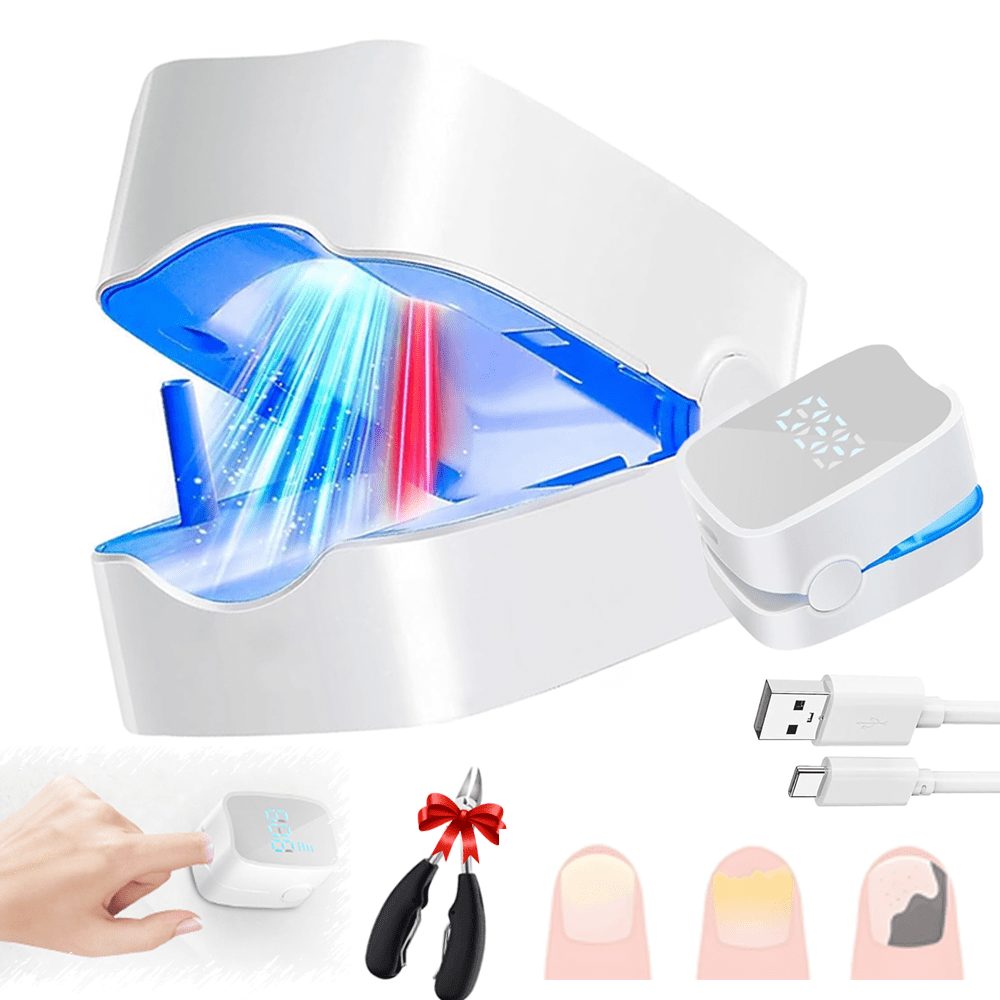Does Led Light Kill Nail Fungus

Nail fungus sufferers, take note: emerging research suggests LED light, specifically at certain wavelengths, could offer a new weapon against this persistent infection. But before you ditch your topical treatments, understand the nuances of this developing science.
This article breaks down the current understanding of LED light therapy for onychomycosis (nail fungus), separating fact from hope and outlining what you need to know now.
The Promise of LED Light: What the Studies Show
Early studies indicate that certain wavelengths of light, particularly in the blue and red light spectrum, possess antifungal properties. These wavelengths can penetrate the nail plate and target the fungus beneath.
A 2021 study published in the Journal of Clinical and Aesthetic Dermatology demonstrated the effectiveness of blue light (405 nm – 470 nm) in reducing fungal load in vitro. This suggests the light directly inhibits fungal growth.
"The results of our in vitro study suggest that blue light could serve as a therapeutic modality for onychomycosis," states the lead author of the study.
Furthermore, a 2023 clinical trial involving red light therapy (630 nm – 660 nm) showed promising results in reducing nail discoloration and improving nail appearance in patients with mild to moderate onychomycosis.
Who is Involved? Researchers and Manufacturers Stepping Up
Dermatologists and podiatrists are increasingly exploring LED light therapy as a potential alternative or adjunct treatment. Several manufacturers have begun developing and marketing LED devices specifically for nail fungus.
These devices are designed for home use, offering a convenient way for individuals to manage their nail fungus infections. However, it is important to be aware that the potency and design of these devices can vary.
Companies like NovaBay Pharmaceuticals are conducting research and development in this area, aiming to refine and optimize LED light treatments for broader applications.
Where and When: The Current Landscape
Currently, LED light therapy for nail fungus is available in select dermatology clinics and podiatry offices. Home-use devices are also becoming increasingly accessible online and in some pharmacies.
The timeframe for treatment varies depending on the severity of the infection and the specific LED device used. Most protocols involve multiple sessions per week for several weeks or months.
The FDA has cleared some LED devices for aesthetic purposes. However, specific clearance for treating nail fungus is still emerging.
How Does it Work? The Science Behind the Light
The mechanism of action behind LED light's antifungal properties is not fully understood, but theories suggest it disrupts fungal cell metabolism and inhibits reproduction. Blue light, in particular, may produce reactive oxygen species that damage fungal cells.
Red light, on the other hand, is thought to improve circulation to the nail bed, enhancing the body's natural immune response and promoting nail growth.
“We believe that the combination of antifungal action and improved circulation makes LED light therapy a potentially effective treatment modality,” explains Dr. Emily Carter, a dermatologist specializing in nail disorders.
Important Considerations and Caveats
While promising, LED light therapy is not a guaranteed cure for nail fungus. It is often most effective when used in conjunction with traditional treatments such as topical or oral antifungals.
The effectiveness of LED light therapy can also vary depending on the type of fungus causing the infection and the individual's overall health. Be wary of devices with unsubstantiated claims.
Consult a dermatologist or podiatrist before starting any new treatment for nail fungus, including LED light therapy. They can properly diagnose your condition and recommend the most appropriate course of action.
Next Steps: Ongoing Research and Future Developments
Ongoing research is focused on optimizing LED light wavelengths, dosages, and treatment protocols for maximum effectiveness. Clinical trials are underway to further evaluate the efficacy of LED light therapy compared to traditional treatments.
Improved LED devices with more precise and targeted light delivery are also being developed. Look for devices with clear scientific backing and regulatory approval.
The potential of LED light as an alternative or complementary treatment for nail fungus is significant. Staying informed about the latest research and consulting with a medical professional is crucial for anyone considering this option.

